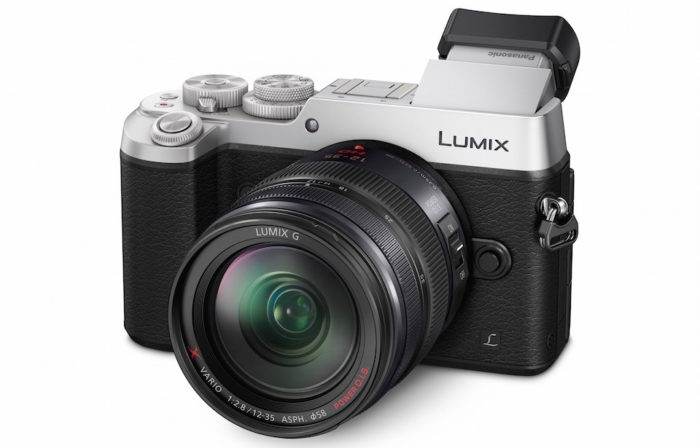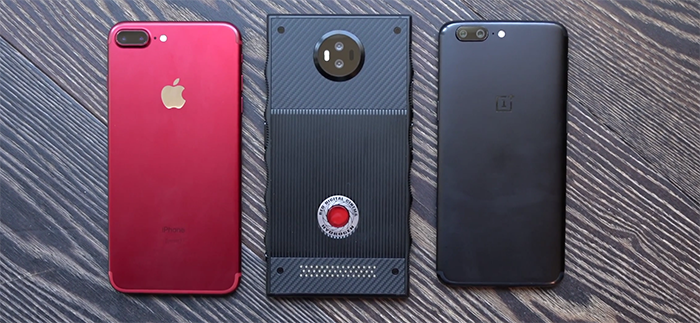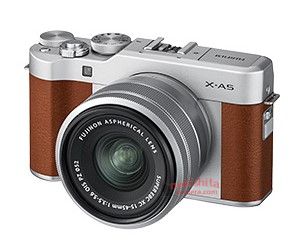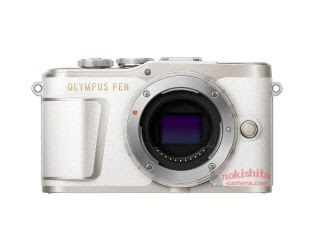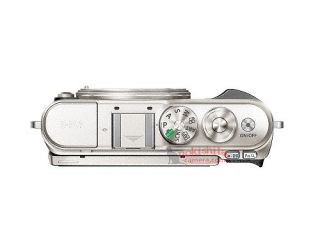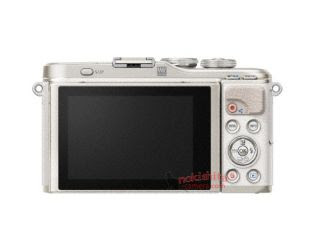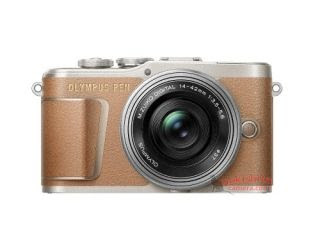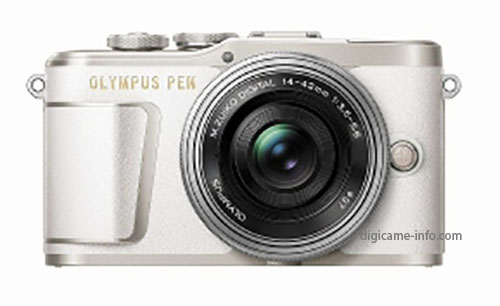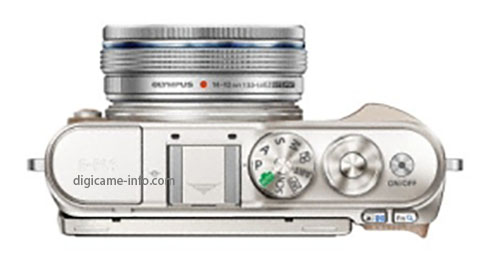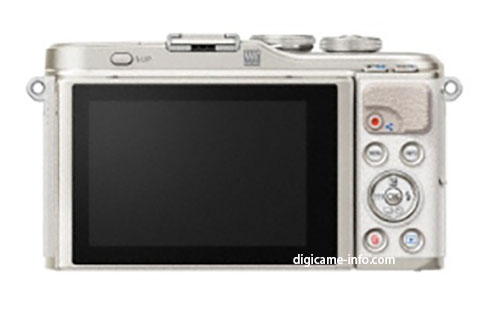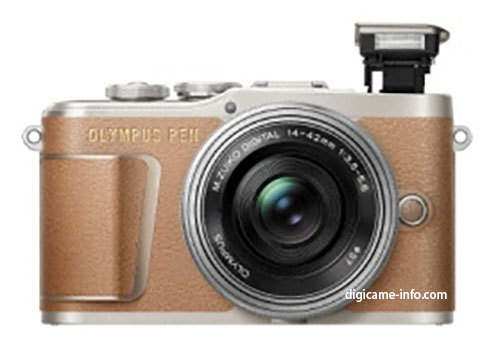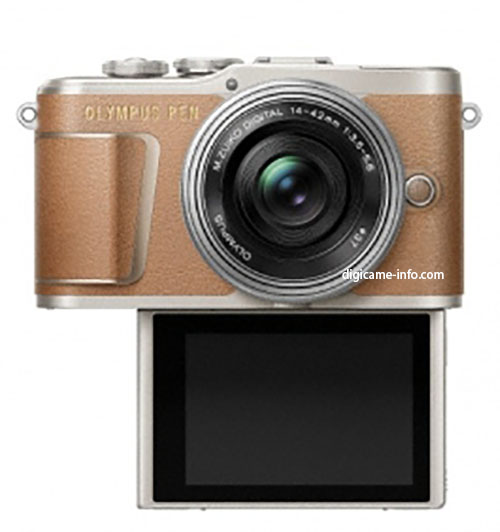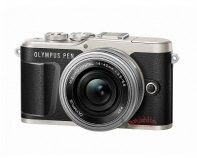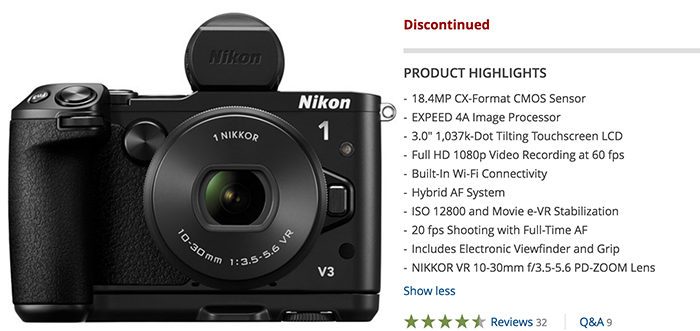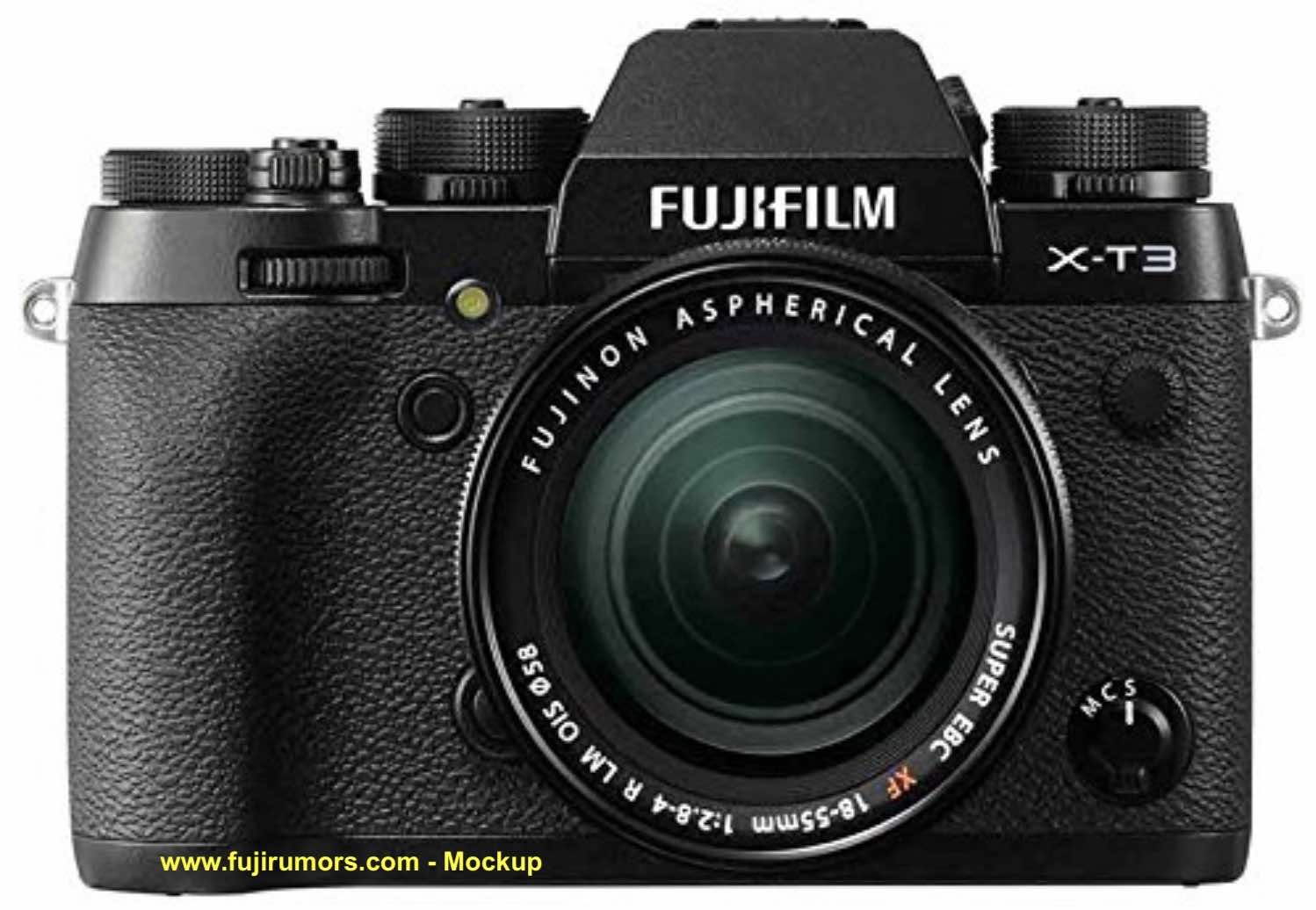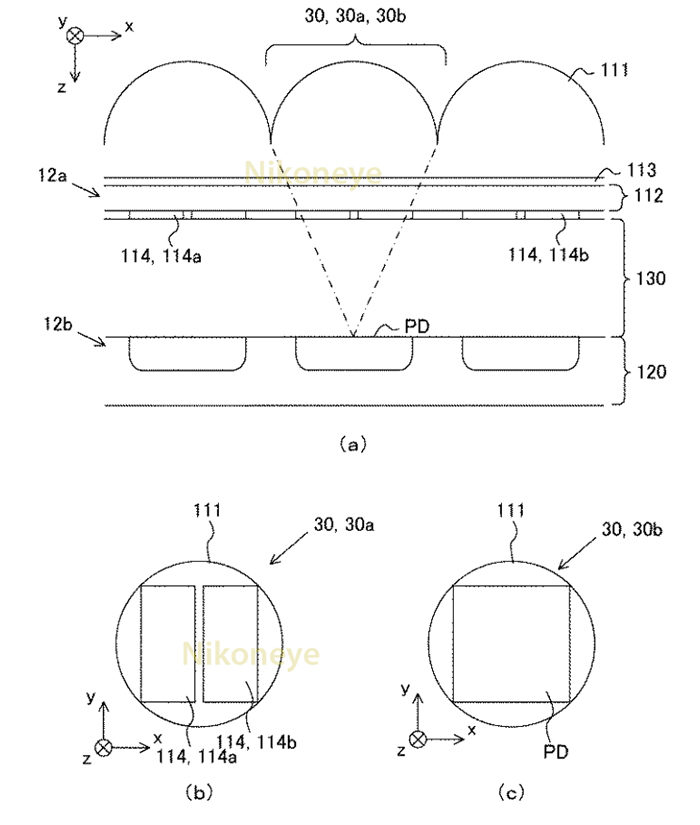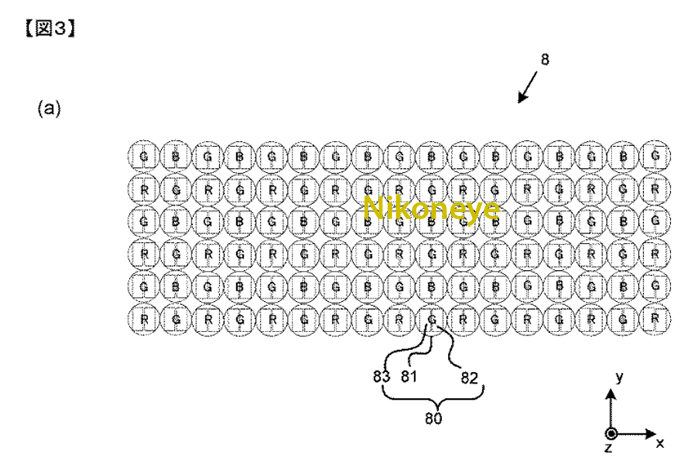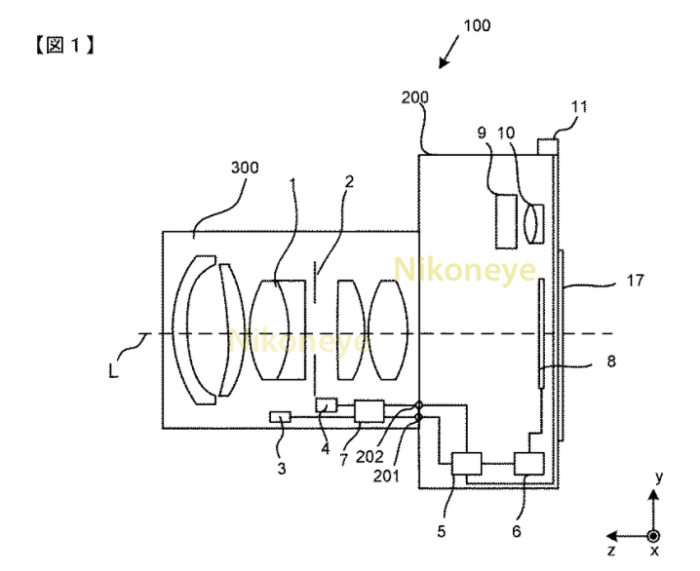Full specs of the Fujifilm X-A5, XA20 and XC15-45 leaked
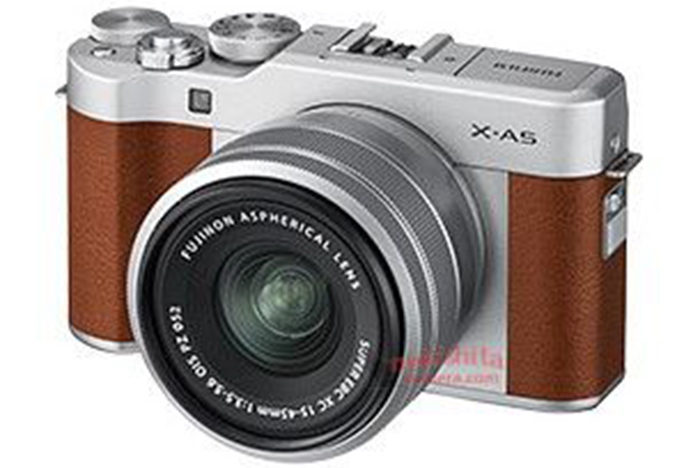
Tomorrow Fuji will announce all that stuff:
X-A5
- Number of effective pixels: 24.2 million pixels
- Size: 116.9 mm x 67.7 mm x 40.4 mm
- Weight: 311 g (main body only) · 361 g (including battery and memory card)
- ISO: standard ISO 200 – 12800, extended ISO 100/25600/51200
- Video: 4K 3840 x 2160 15P (maximum 5 minutes)
- 4K Burst Shooting
- Wi-Fi · Bluetooth installed
- Other basic specifications are equivalent to X-A3
- Color: Silver / Brown / Pink
- FF 170003
X-A20
- Number of effective pixels: 16.3 million pixels
- Size: 116.9 mm x 67.4 mm x 40.4 mm
- Weight: 299 g (main body only) · 348 g (including battery and memory card)
- Wi-Fi installed
- Touch panel compatible
- Other basic specifications are equivalent to X – A 10
- Color: Silver / Brown / Mint Green
- FF 170004
- There are no plans to announce in Japan
XC 15 – 45 mm F 3.5.5.6 OIS PZ
- Lens construction: 10 groups of 9 groups (3 aspherical lenses and 2 ED lenses included)
- Shortest shooting distance: 13 cm (wide angle), 35 cm (telephoto)
- Maximum magnification: 0.24 times
- Number of diaphragm blades: 7
- Filter diameter: 52 mm
- Size: ? 62.6 mm x 44.2 mm at collapsing, 65.2 mm at wide angle shooting, 62.1 mm at telephoto shooting
- Weight: 135 g
- Color: Black / Silver
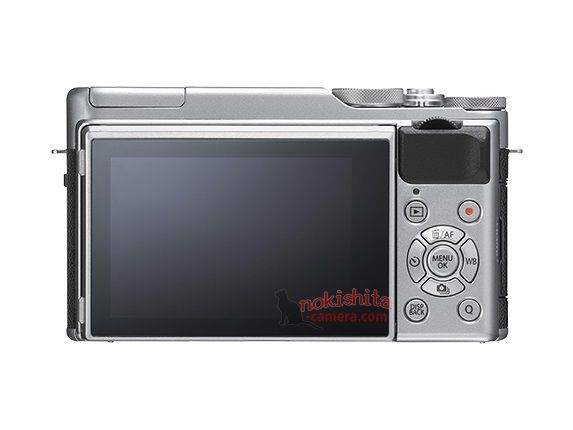
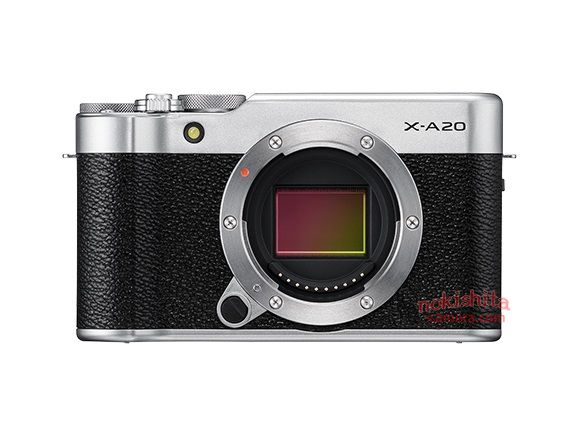
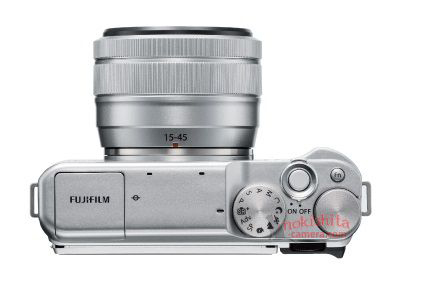
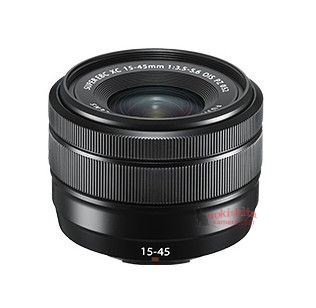
via nokishita via digicame-info
